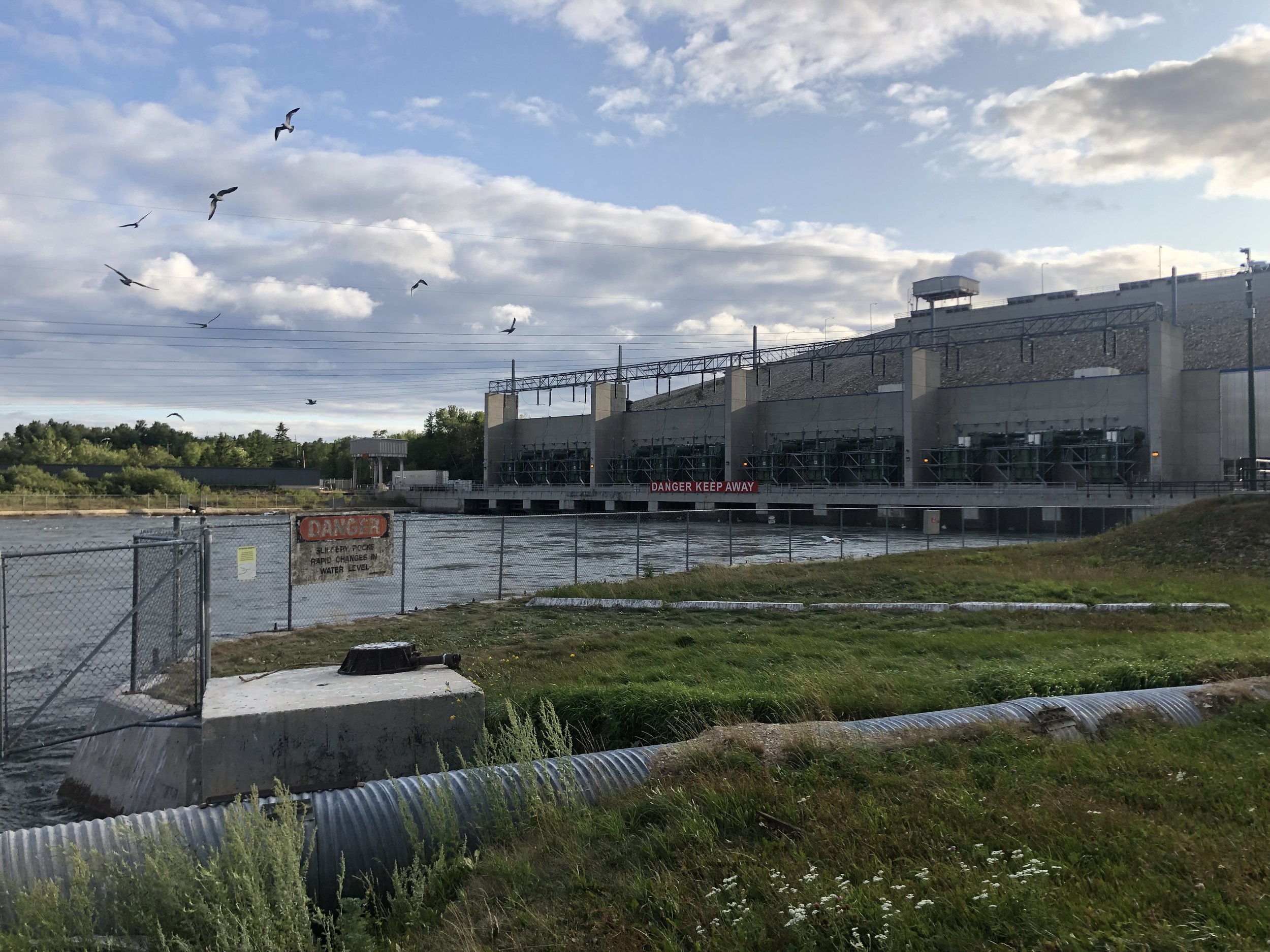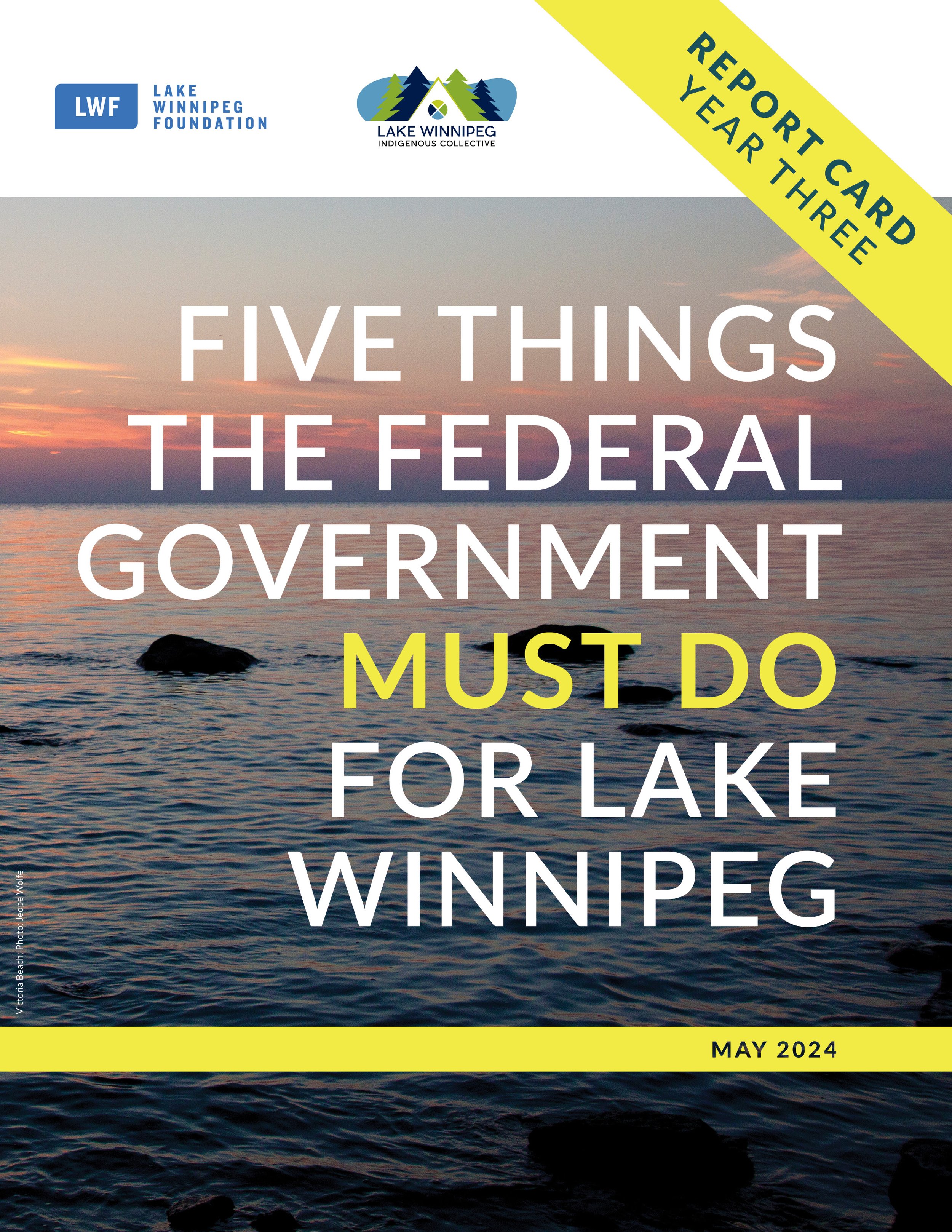Renew our collective responsibility.
Indigenous elders around Lake Winnipeg describe water rights as responsibilities. While we have treaty and inherent rights to water and the land, we also carry the knowledge and expertise to protect water. Yet federal and provincial governments have not adequately acknowledged our roles and responsibilities.
We call on all peoples to build meaningful partnerships with Indigenous rightholders in protecting Lake Winnipeg.
Environmental Racism Toolkit
Racism has been a part of Canada’s history since the earliest interactions between Europeans and Indigenous peoples. The crown asserted unfounded claims to lands and set about severing Indigenous communities from their traditional territory and cultural ties to the land.
Environmental racism gives us a name for the processes that disproportionally imposes harmful environmental decisions on Indigenous and racialized communities.
The purpose of this toolkit is to provide the reader with a better understanding of environmental racism, its history, how it plays out in so-called Canada, and what you can do to take action.
Grand Rapids Generating Station,
Misipawistik Cree Nation
Policy briefs and submissions
Five things the federal government must do for Lake Winnipeg: Year Three Report Card
In December 2020, the Lake Winnipeg Foundation and the Lake Winnipeg Indigenous Collective jointly released Five Things the Federal Government Must Do for Lake Winnipeg, a discussion paper presenting concrete and tangible actions to improve the health of Lake Winnipeg. Each action is achievable in five years or less.
The 2020 paper emphasized the importance of leveraging the tools and systems already in place to protect fresh water in Canada – strengthening established programs, enforcing existing laws and regulations, integrating evidence from both science and Indigenous knowledge into decision making, and following through on long-standing federal commitments.
Three years later, we’re reviewing the federal government’s progress with the release of the year three report card. With just two years remaining in the five-year timeline proposed in the original paper, we highlight the urgent next steps the federal government must take to meet its own objectives to protect and restore water quality and ecosystem health in the Lake Winnipeg watershed, and to implement the United Nations Declaration on the Rights of Indigenous Peoples (UNDRIP).
Five things the federal government must do for Lake Winnipeg
1. Recognize phosphorus as the cause of blue-green algal blooms on Lake Winnipeg.
2. Use evidence to guarantee impact from every federal government dollar spent to reduce phosphorus loading to Lake Winnipeg.
3. Support Indigenous peoples in reclaiming and restoring their relationship with water.
4. Increase enforcement of evidence-based policy and practices for freshwater health.
5. Fulfil jurisdictional responsibilities through concrete action and strengthened accountability.
Indigenous-led Water Agency
The federal government is in the process of developing a Canada Water Agency. While the concept of bringing all the departments and agencies to the same table is good in theory. In practice collaboration on water issues between federal departments, provinces and Indigenous nations will still require hard work and relationship building. We propose an alternative, where in the resources to develop the agency are directed towards an Indigenous-led agency. This will help address inequities between the federal government and Indigenous nations, and help fulfill obligations under the United Nations Declaration on the Right of Indigenous Peoples.
Read our comment on the discussion paper, Towards an Indigenous-led water agency (2021)
The Manitoba Water Management Strategy
The province is proposing a Manitoba Water Management Strategy. Unfortunately they didn’t include First Nations, water or most of Manitoba. The proposed strategy is a missed opportunity for co-management with Indigenous peoples. Without a serious rework the strategy may as well be called an irrigation plan for southern Manitoba.
Read the Submission to Manitoba’s Expert Advisory Council for the Climate and Green Plan on the Water Management Strategy August 27, 2020
Update: The province is reviewing the strategy May 22, 2021
Boreal forest eastside of Lake Winnipeg
What you can do.
Let your elected officials and relevant ministers know that Indigenous rightsholders must be part of decision making processes that affect there traditional livelihoods and Indigenous rights.
If you have any ideas for renewing our collective responsibility to water or as an ally or an Indigenous person, would like to get involved. contact us.



